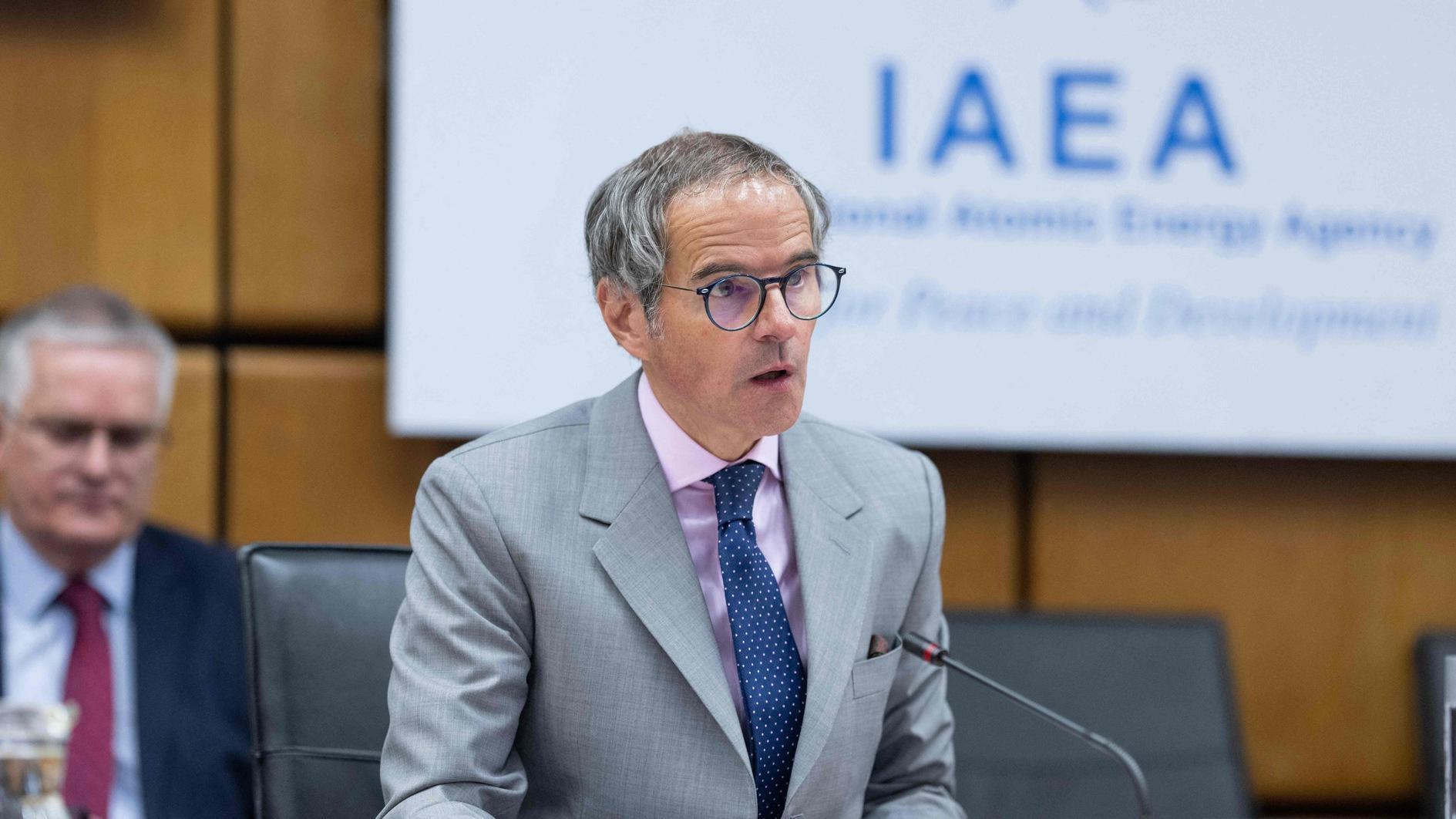The return of nuclear nightmare
North Korea’s nuclear testing and missile development program and U.S. opposition to it has recently turned into a credible threat not only to East Asia, but also to international security. As the frequency of missile and nuclear tests by North Korea have increased substantially in recent years, many experts now expect it to eventually develop reliable missiles with its unprecedented pace of testing, although its long-range systems’ consistency is still weak.
Since Kim Jong-Un took power in North Korea from his father Kim Jong-Il in late 2011, he pivoted for a national strategy that aims to eliminate perceived threats to his country by expanding the development of nuclear deterrence capability. As all North Korea’s efforts in its nuclear and missile programs are geared toward developing different ranges of missiles and possibly some with nuclear warheads, its recent testing indicates to its intention to develop an intercontinental ballistic missile capable of reaching the U.S.
According to the CSIS Missile Defense Project, North Korea has already developed long-range Taepodong-2 missiles, with an estimated range between 4,000 and 15,000 kilometers, and operates them with some accuracy problems, as well as currently develops KN-14 missiles with a range between 8,000 and 10,000 km and KN-08 missiles with between a 5,500 and 11,500 km range.
Should North Korea achieve to develop an intercontinental ballistic missile capacity, it would become the third state alongside Russia and China with a capability to hit the U.S. directly. In response to this perceived threat, previous U.S. administrations have tried economic sanctions and diplomatic measures to curtail North Korea’s development of such a system. Current President Donald Trump however has augmented the expectations for a more coercive policy including pre-emptive strikes against North Korea. Some even see a warning sent to North Korea behind the U.S. missile strike against al-Shayrat Air Base in Syria on April 7, saying to Pyongyang that it will not hesitate to use military force if deemed necessary. Statements indicating the end of “strategic patience” pursued by the Barack Obama administration have supported such arguments.
It seems at the moment that all policy options ranging from negotiations to military action are on the table for the U.S. to compel or convince North Korea to denuclearization, and to bring stability to the region. While it raised the issue with the U.N. Security Council to tighten economic sanctions on North Korea, the U.S. also tried to persuade China to use its economic leverage on Kim to stop its nuclear and missile programs.
Beyond these diplomatic moves, the U.S. also deployed an anti-missile defense system, known as the Terminal High Altitude Area Defense (THAAD) System, to South Korea last week, and strengthened its already well developed military presence in the region through additional warships and submarines.
Yet, a pre-emptive military strike against North Korea is not likely, nor advisable at the moment, as such a strike would most probably fail in eliminating all the nuclear and missile launch facilities of North Korea, and there is no doubt that Kim would try to retaliate at least in South Korea, if not directly against the U.S.
The best option under these circumstances is still a joint diplomatic effort, combined with economic pressures, by all international actors to find a way out of this dilemma. Whether we agree with U.S. policies globally, it would be much riskier for the international community to have another nuclear country, especially with an unstable leadership. Amid unpredictable leaders, including Trump, Sun Tzu’s saying, “the supreme art of war is to subdue the enemy without fighting” becomes more valuable by the day.











